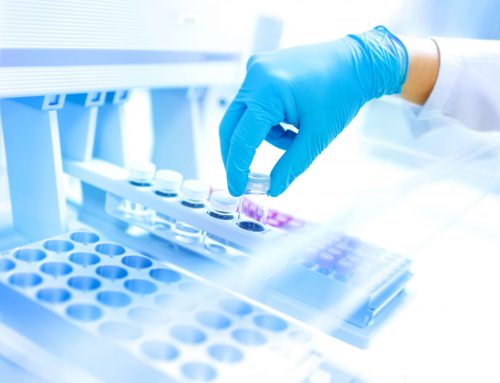The Medical Device Regulation 2017/745, among other innovations, defines the concept of post-market surveillance, so far only mentioned in the MDD. Here is what it is and what are the obligations for the manufacturers.
With the entry into force of the MDR, post-market surveillance finally has its own definition:
“all activities carried out by manufacturers in cooperation with other economic operators to institute and keep up to date a systematic procedure to proactively collect and review experience gained from devices they place on the market, make available on the market or put into service for the purpose of identifying any need to immediately apply any necessary corrective or preventive actions”.
What emerges is the transformation from a reactive to a proactive activity with consequent obligations for manufacturers: implementation of a post-marketing surveillance system, drafting a post-marketing surveillance plan and issuing a report highlighting the analysis of the collected data.
The Post Marketing Surveillance System
The manufacturer must draw up, for each medical device, a post-marketing surveillance system that collects, records and analyzes data relating to the quality, performance and safety of the device.
The data collected must be used:
- to update the benefit-risk determination and to improve risk management
- to update design and manufacturing information, instructions for use and labeling;
- to update the clinical evaluation;
- to update the summary on safety and clinical performance;
- for the identification of needs for preventive, corrective and corrective safety actions;
- for the identification of options to improve the usability, performance and safety of the device;;
- to contribute to the post-market surveillance of other devices
- to identify and report trends.
The post-marketing surveillance system will have to integrate with the quality management system and the related documentation will ensure that the technical documentation is constantly updated.
The Post Marketing Surveillance Plan
The manufacturer will have to draw up a post-marketing surveillance plan that collects:
- information on serious incidents, including information from PSURs and field safety corrective actions;
- records referring to minor accidents and data on any undesirable side effects;
- information from trend reports;
- relevant specialist or technical literature, databases and / or registers;
- information, including feedback and complaints, provided by users, distributors and importers;
- publicly available information on similar medical devices.
In addition, the post-market surveillance plan must include at least:
- a systematic and proactive process to collect all the above information, which allows a correct characterization of the performance of the devices as well as a comparison to be made between the device and similar products available on the market
- effective and appropriate methods and processes for evaluating collected data
- adequate indicators and threshold values to be used in the ongoing review of the risk and benefit analysis and risk management
- effective and appropriate methods and tools to investigate complaints and analyze market experiences found in the sector
- methods and protocols for handling trend-reported events, including the methods and protocols to be used to identify any statistically significant increase in the frequency or severity of incidents, as well as the observation period
- methods and protocols to communicate effectively with competent authorities, notified bodies, economic operators and users
- reference to the procedures for fulfilling the manufacturer’s obligations
- systematic procedures to identify and initiate adequate measures, including corrective actions,
- effective tools for tracing and identifying devices for which corrective action may be required
- the PMCF plan or a reason why a PMCF is not applicable.
The Post Market Surveillance Report and Periodic Safety Update Report (PSUR)
Medical device manufacturers will be required to prepare a report highlighting the results and conclusions of post-market surveillance data analysis and describing any preventive and corrective actions taken.
The manufacturers of class I devices will have to draw up the report on post-market surveillance, while the manufacturers of class IIa, IIb and III, the periodic safety update report (PSUR). The latter must indicate the determination of the risk/benefit ratio, the main results of the post-marketing clinical follow-up (PMCF) and the volume of sales of the device and an estimate of the size and other characteristics of the population using the device and, if possible, the frequency of use of the device.
The PSUR must be updated at least every two years for class IIa devices and at least once a year in case of class IIb and III devices. Furthermore, the PSUR must be made available to the Notified Body participating in the conformity assessment and, upon request, to the competent authorities. Class III devices and implantable devices are exceptions, the PSUR of which must be sent to the notified body through the “Electronic System on vigilance and on post-market surveillance” where the assessments and any actions taken will be included.







